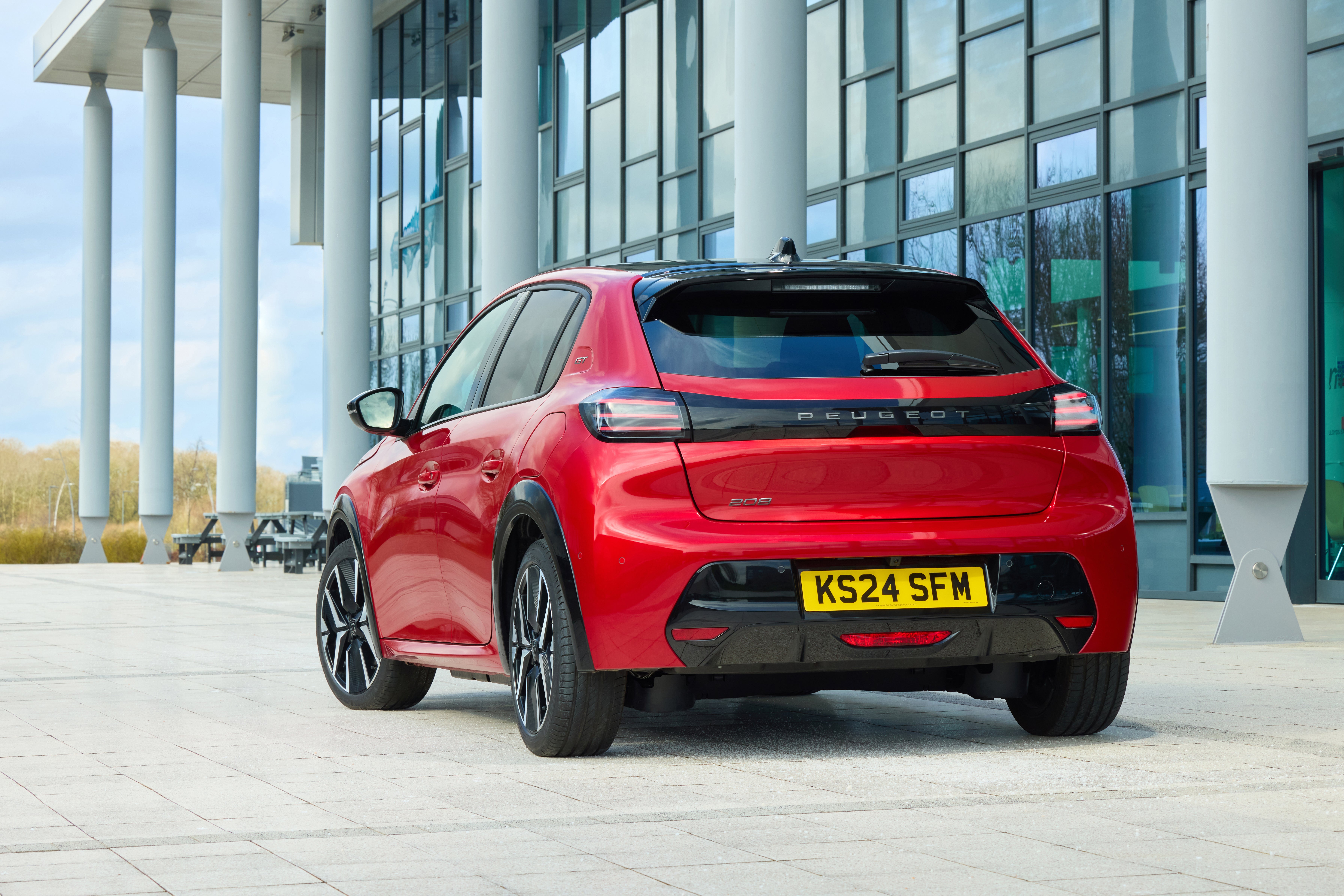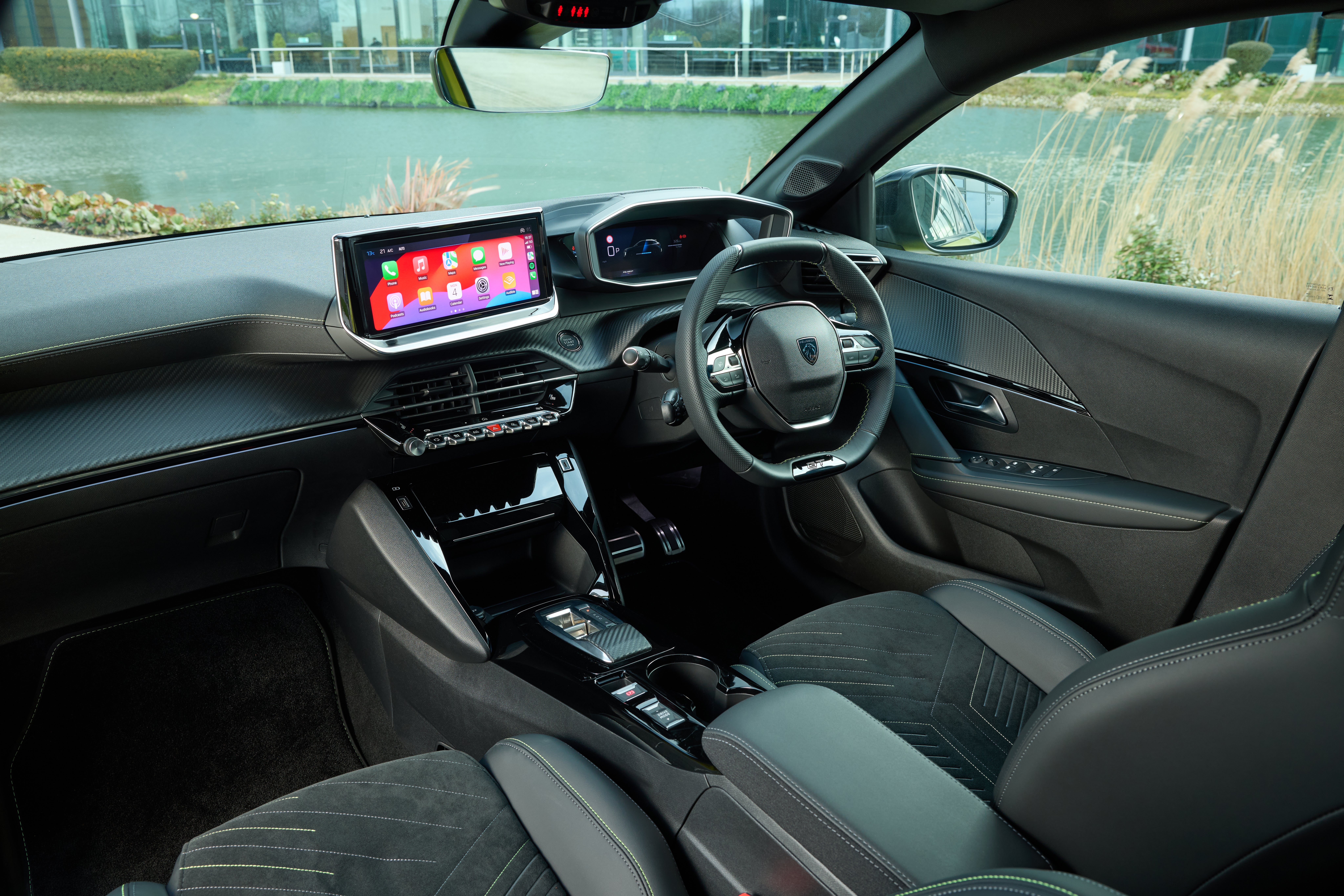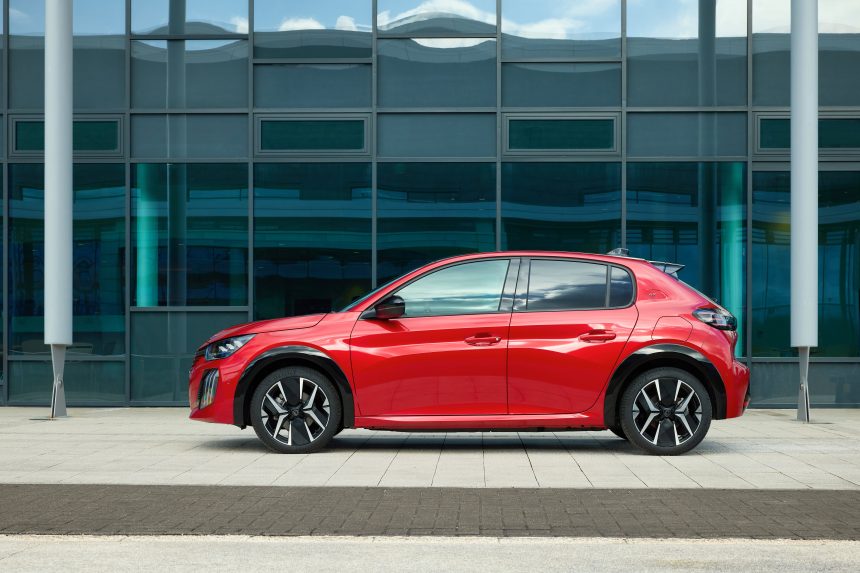Your support helps us to tell the story
From reproductive rights to climate change to Big Tech, The Independent is on the ground when the story is developing. Whether it’s investigating the financials of Elon Musk’s pro-Trump PAC or producing our latest documentary, ‘The A Word’, which shines a light on the American women fighting for reproductive rights, we know how important it is to parse out the facts from the messaging.
At such a critical moment in US history, we need reporters on the ground. Your donation allows us to keep sending journalists to speak to both sides of the story.
The Independent is trusted by Americans across the entire political spectrum. And unlike many other quality news outlets, we choose not to lock Americans out of our reporting and analysis with paywalls. We believe quality journalism should be available to everyone, paid for by those who can afford it.
Your support makes all the difference.
Man cannot live by bread alone (Matthew 4:4), and this man can’t drive by SUV alone (and usually a Chinese one at that). Nothing wrong with them – very good value on the whole, and competitive on quality, too, on first impressions – but sometimes you need a change. So this week I turn to the Peugeot 208 Hybrid for a bit of a palate cleanser.
It’s been around for a good few years now, but it’s had a minor facelift involving dramatic LED headlamps, some practical interior revisions, and a couple of new petrol-electric mild hybrid power units.
“Mild” here means a relatively small contribution from the battery pack and electric motor, and you can’t plug it in either. Most of the work is done by the 1.2 litre petrol engine, which helps get the power up to a respectable 134bhp and will take you to 60mph from rest in 8.1 seconds.
It has very slightly hard suspension, which adds to the vaguely sporty feel, but this is no GTi in the great Peugeot hot-hatch tradition. Softer suspension options, with and without manual transmission and with rather less kit, are available.
On the plus side, with its dinky steering wheel, the 208 feels highly responsive, sufficiently brisk to inspire confidence on motorways and bendy lanes, and very well planted, with good strong brakes. Indeed, in many respects it feels like it could do with a bit more power and energy, but I imagine the effects on petrol consumption and, crucially, CO2 emissions understandably rule such an old-school plaything out these days. (In fact, the battery electric e-208 GT is a little more accelerative – and, of course, much quieter.)
The fashionable black-finished 17-inch alloy wheels are smart, and complement the 208’s near-ideal proportions. It looks like a car that Peugeot, its corporate parent Stellantis, and of course its owner can be proud of.

Anyway, we should be grateful that the 208 still exists, given that more and more manufacturers are exiting the small-car sector – the Ford Fiesta being the most high-profile casualty. This is due to a mix of the trend for SUVs and the transition to full electrification (which tends to bloat cars somewhat, given the demand for range and therefore fat battery packs).
I can’t help feeling a bit sorry about the demise of the truly chuckable small car, and the 208 makes me even more nostalgic. Can’t help it; there we are.
THE SPEC
Peugeot 208 GT Hybrid
Price: £32,850 (as tested, range starts at £23,935)
Engine capacity: 1.2l petrol, 3-cyl, 6sp auto
Power output (hp): 136
Top speed (mph): 127
0 to 60 (seconds): 8.1
Fuel economy (mpg): 65
CO2 emissions (WLTP, g/km): 97
It is a fine-looking thing, the contemporary 208, and is ageing exceptionally well. For those who care about such things, it’s a very successful modernisation/pastiche of the original neat and cute Peugeot 205 (launched in 1983 and arguably Peugeot’s most important model ever). Anyway, it’s distinctive and stylish, and the air of quality extends to the interior, now with a slightly bigger touchscreen, some piano keys for key controls such as demisting, and a new smaller gear selector button.
As usual, Peugeot has deployed the signature “i-Cockpit”, which means the main instruments are in a higher-than-usual pod, and – new this time round – they are in a curious 3D mode, like a hologram. It’s not unpleasant, and is reminiscent of a novelty matchbox from the 1970s, but it’s ultimately futile.

There’s still a choice of sport, eco and comfort driving modes, and the 208 GT feels happiest in sport. The quality of materials in the snug cabin is best described as semi-premium, and the only gripe has to be the relegation of the cruise control to a pod behind the steering wheel – the price the driver pays for the boy-racer steering wheel.
It’s fair to say, too, that space efficiency doesn’t seem to have been much of a priority for its designers. It’s ideal for a couple with an eye to maintaining a certain bourgeois image, and useless for lugging anything.
The other drawback is the price. List price is over £30,000, but I’ve seen offers of new and nearly-new examples at approaching £10,000 less. So even though the hybrid’s highly commendable all-electric sibling is also available with some discounts, for the moment the petrol hybrid represents the better value. Or you can have a much larger, more practical and imposing Chinese-manufactured SUV, such as the MG HS I reviewed the other day. A matter of taste.
All I can add is that this simple comparative fact explains why the European car industry is in some trouble at the moment.






